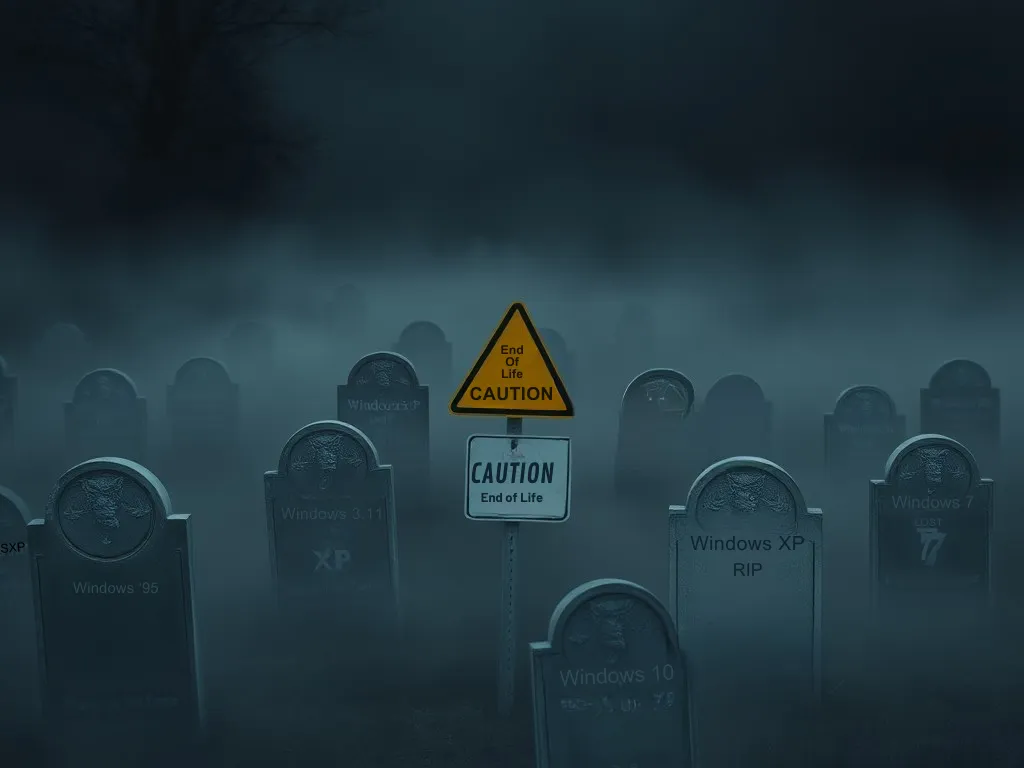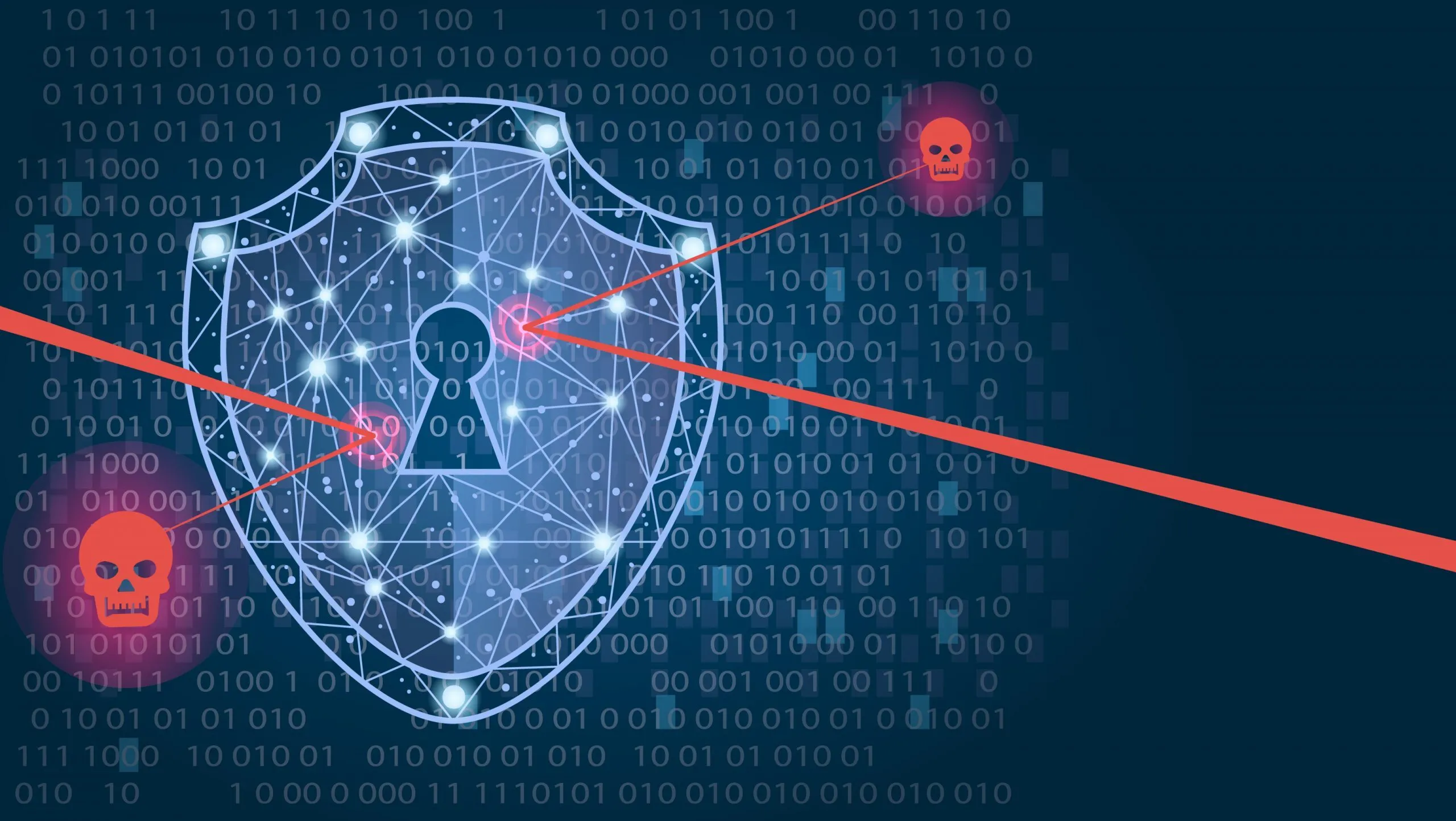When a product reaches its End of Life (EOL), it’s like the manufacturer hanging up a “closed for business” sign—no more updates, no more support, no more safety net. But despite this, plenty of misconceptions still float around about what EOL actually means for your tech and your security. Let’s clear the air and debunk some of the most common myths.
Misconception #1: “It’ll Keep Working, So I Don’t Need to Upgrade.”
Yes, your EOL device will still turn on and run after support ends—but that doesn’t mean it’s safe.
- The truth: Once updates stop, any vulnerabilities in the software become permanent entry points for hackers. They’ll exploit these known weaknesses because they know they’ll never be patched.
- Example: WannaCry ransomware famously targeted unsupported Windows XP systems in 2017, causing billions of dollars in damages.
Misconception #2: “My Antivirus Will Keep Me Safe.”
While antivirus software is important, it’s not a magic wand that protects against all threats.
- The truth: Antivirus tools rely on updated operating systems to function effectively. An unsupported OS creates gaps that no antivirus can patch.
- Think of it like this: Installing a top-notch security system on a house with broken windows won’t keep the burglars out.
Misconception #3: “I’ll Upgrade If Something Happens.”
Waiting for a problem before upgrading is like waiting to buy car insurance after a crash.
- The truth: Once a breach happens, it’s too late. Your data could be stolen, systems locked, or worse.
- Proactive upgrades save money: The cost of recovery from a breach far outweighs the cost of upgrading before disaster strikes.
Misconception #4: “Hackers Don’t Care About My Business.”
Small businesses often think they’re flying under the radar, but the opposite is true.
- The truth: Hackers target small and medium-sized businesses because they often lack the resources to stay secure.
- Fact: Nearly 43% of cyberattacks target small businesses. And an unsupported OS makes you an even easier target.
Misconception #5: “I Can Push It Off—There’s No Rush.”
End of Life dates are firm deadlines, not suggestions. And the longer you wait, the harder (and more expensive) the transition becomes.
- The truth: Once an OS is no longer supported, compatible hardware, apps, and drivers start to disappear, too. This can lead to downtime and compatibility nightmares when you’re finally forced to upgrade.
So, What Should You Do?
- Know Your EOL Dates: Keep track of the support timelines for your operating systems, apps, and hardware.
- Plan Ahead: Budget for upgrades before the deadline so you’re not scrambling when support ends.
- Upgrade Early: Transitioning before EOL ensures a smoother process and avoids security risks.
- Partner with Pros: Not sure where to start? Work with an IT partner (like us!) to evaluate your options and create a tailored upgrade plan.
The Bottom Line
End of Life doesn’t just mean the end of updates—it’s the beginning of increased risk. By understanding the realities of EOL and acting proactively, you can avoid unnecessary stress, downtime, and security threats.
Ready to future-proof your business? Let’s chat about your options and make sure you’re ready for what’s next!

